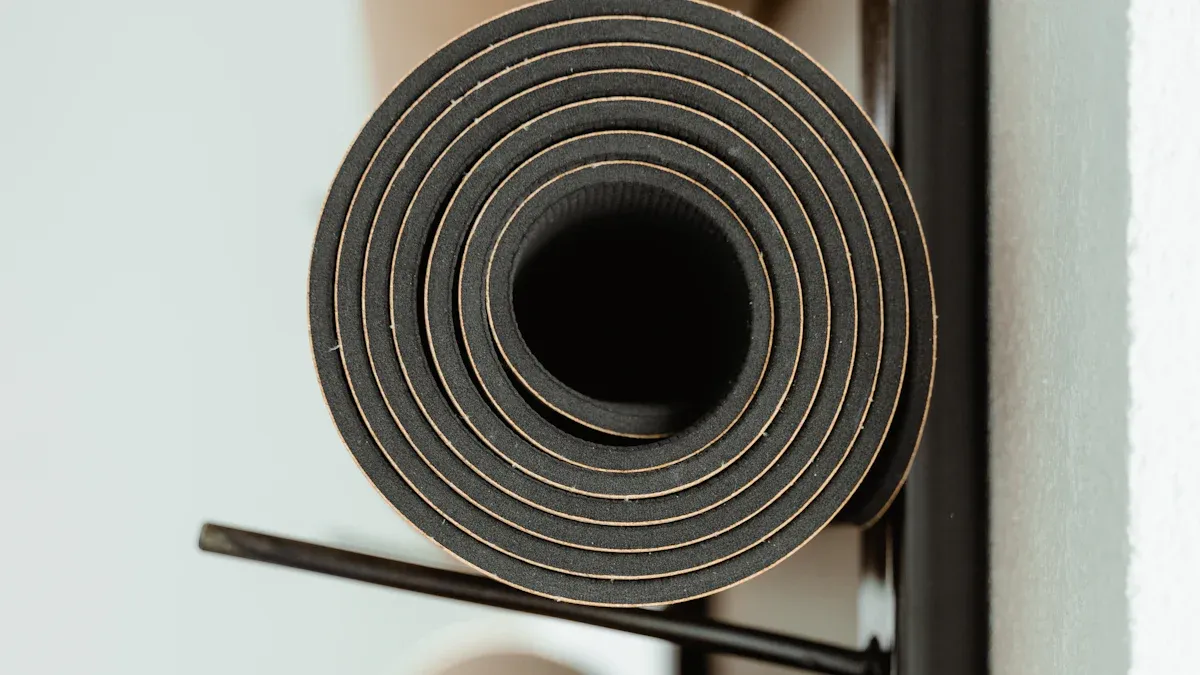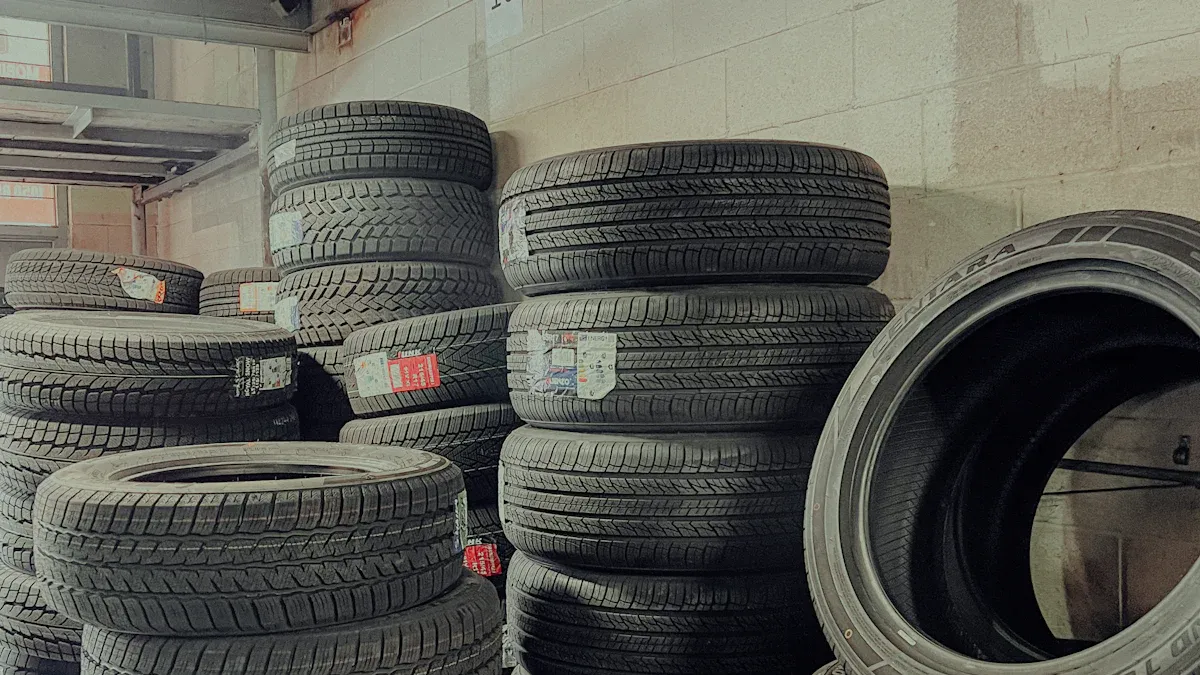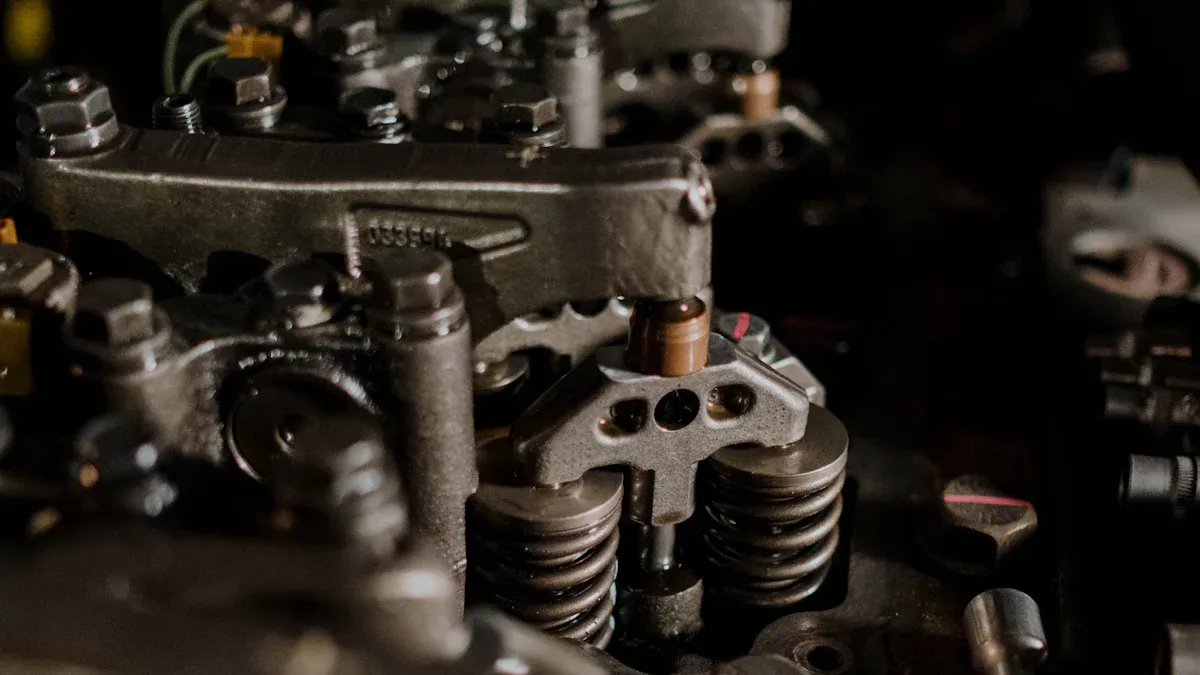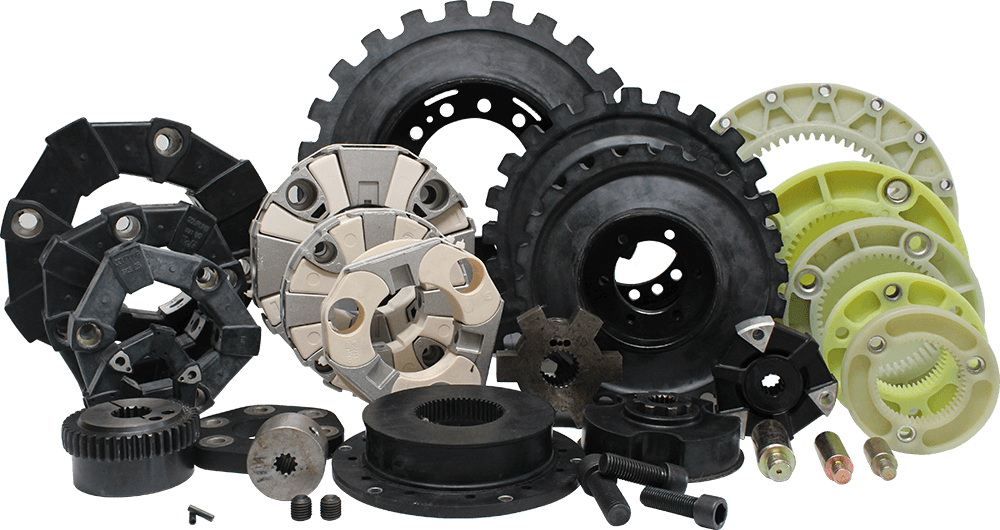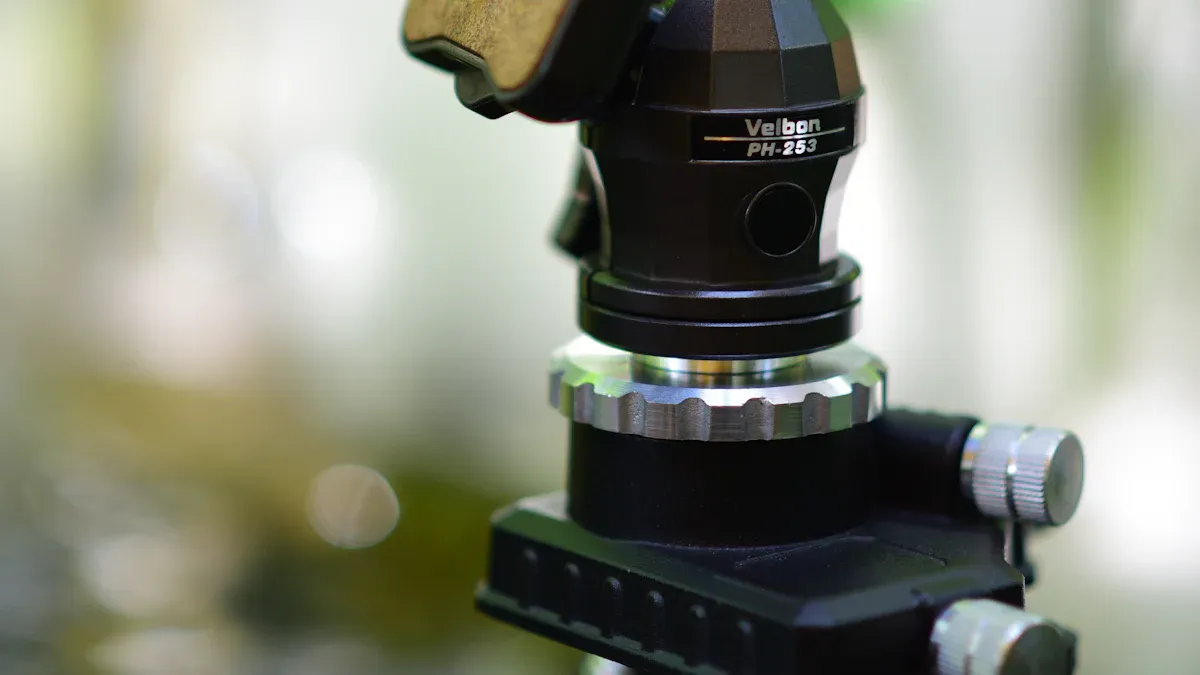
Choosing the right rubber isolator mounts starts with knowing your equipment’s weight and how it moves. You need to check the anti-vibration needs by looking at both the direction and type of vibration. Think about where you will place the mounts and if the area has heat, moisture, or chemicals.
Experts say you should focus on:
Load capacity for each mount
Anti-vibration performance at different frequencies
Material compatibility with your environment
A step-by-step plan helps you avoid mistakes and keeps your mounts working longer.
Key Takeaways
Find out how much your equipment weighs. Make sure the weight is spread out on all mounts. This helps stop damage and controls vibration better.
Check how much vibration there is. Pick mounts that work with the right frequency. This keeps your equipment safe and makes it quieter.
Pick rubber that can handle heat, oil, and chemicals. This helps the mounts last longer in your area.
Put the mounts on carefully. Use the right bolts and line them up right. This stops early damage and keeps your equipment steady.
Look at the mounts often for cracks or damage. Change them if you see problems. This keeps your equipment safe and working well.
Equipment Needs
Load and Weight
You need to know the total weight of your equipment before choosing rubber isolator mounts. Start by adding up the maximum load, including any extra items like fuel or pipework. Do not just use the dry or shipped weight. Next, count how many mounts will support the equipment. Check if the weight spreads evenly across all mounting points. If the center of gravity is off, you must calculate the load for each mount. Divide the total weight by the number of mounts, but adjust if the load is not even. For example, if a 1,000 kg pump sits on four feet, each mount should handle 250 kg if the weight is even.
Tip: Always make sure each mount works within its load range. Overloading or underloading can cause mounts to fail or lose anti-vibration performance.
Improper load distribution can cause several problems:
Mounts may fail early.
Equipment may vibrate more, leading to noise and damage.
Misalignment can happen, which affects safety and performance.
You may see cracks or other structural damage.
Vibration Frequency
You must check the vibration frequency and amplitude of your equipment. Each type of rubber isolator mount works best at certain frequencies. If you pick the wrong mount, it may not reduce vibration well. High or low frequencies need different anti-vibration solutions. Use a vibration meter or ask the equipment maker for this data. Matching the mount to the vibration profile helps protect your equipment and keeps it running smoothly.
Space and Environment
Look at the space where you will install the mounts. Some mounts need more room than others. Make sure you have enough space for both the mount and the equipment. Also, think about the environment. High temperatures, chemicals, or moisture can affect how rubber isolator mounts work. Choose materials that resist these factors. Good planning helps your anti-vibration system last longer and keeps your equipment safe.
Types of Rubber Isolator Mounts
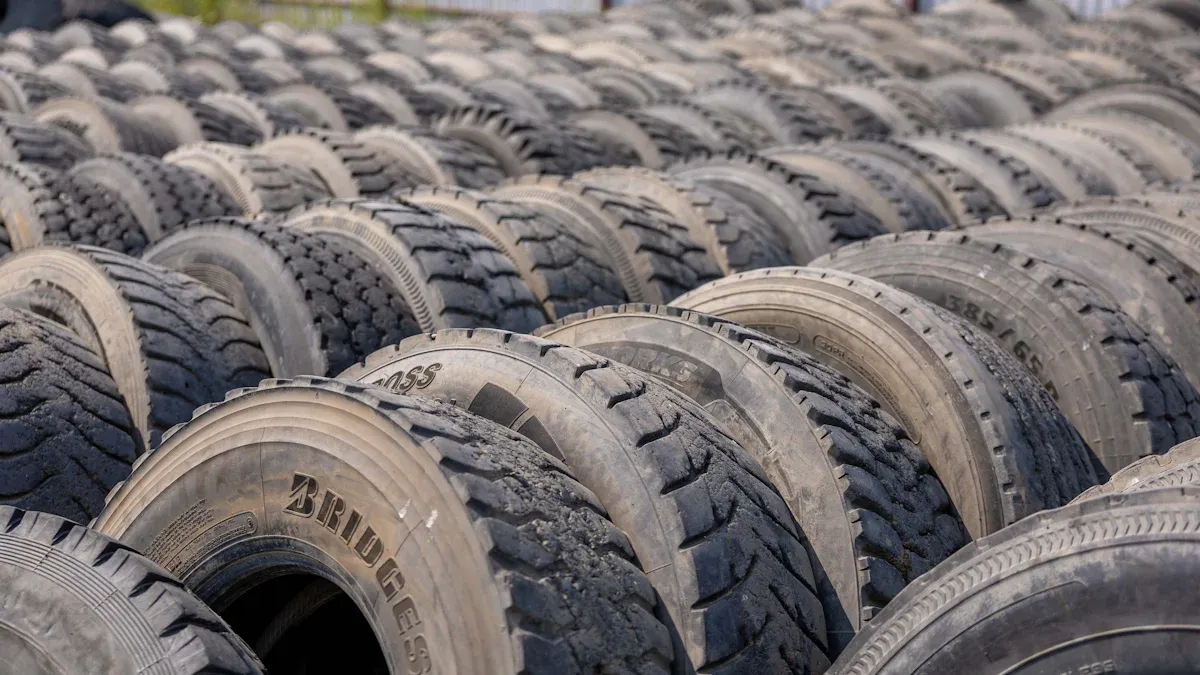
When picking anti-vibration mounts, you should know the types. Each type is made for a certain job. Some mounts are for engines or machines. Others work for HVAC systems or home appliances.
Anti-Vibration Mounts
There are many anti-vibration mounts you can buy. Here are some common ones:
Cylindrical mounts: These are very popular. People use them for engines, compressors, and generators. They help lower noise and vibration.
Sandwich mounts: These have rubber between two metal plates. They stop vibrations from many directions. They are good for heavy machines and marine equipment.
Cone mounts: These are for vehicles and heavy machines. They hold big weights and cut vibration in all directions.
Rubber mounting pads: Put these under machines to make them quieter.
HVAC mounts: These are for heating and cooling systems. They help keep things quiet.
Rubber hanger mounts: Hang these from ceilings or pipes. They stop vibration from spreading.
Rubber buffers: These help take in shocks from moving parts.
Engine mounts: These keep engines steady and lower vibration.
Tip: Anti-vibration mounts save money and are simple to use. They work as both springs and dampers. This makes them a smart pick for many jobs.
Vibration Isolation Mount
A vibration isolation mount is a special anti-vibration mount. It stops vibration from moving to other parts. You should put it close to the vibration source, like a motor or pump. These mounts come in many shapes and sizes. You need to match the mount to your equipment’s weight and vibration. Some, like sandwich and cone mounts, give strong isolation and shock absorption. Others, like cylindrical mounts, work for steady and sudden vibrations.
Type | Description | Typical Use |
|---|---|---|
Cylindrical Mounts | Rubber in a metal shell, isolates axial vibration | Engines, compressors, generators |
Sandwich Mounts | Rubber between metal plates, multi-directional | HVAC, electronics, marine |
Cone Mounts | Handles heavy loads, all-direction isolation | Vehicles, heavy machinery |
Material and Durometer
You must pick the right material to absorb vibration. Most mounts use natural or synthetic rubber. Some use Buna-Nitrile to resist oil and chemicals. The hardness of the rubber is called durometer. Softer rubber (lower durometer) absorbs vibration better but holds less weight. Harder rubber (higher durometer) holds more weight but does not absorb vibration as well. For most jobs, a durometer between 40 and 60 Shore A works well.
Note: Always check the area where you use the mount. Heat, chemicals, and moisture can change how rubber mounts work. Pick the right material for long-lasting vibration isolators and dampers.
How to Choose Vibration Damping Mounts
Application Match
You must pick the right vibration damping mount for your equipment. First, figure out what kind of equipment you have. Is it a machine in a factory, an HVAC system, or electronics? Each one needs a different type of mount. For example, factories often use rubber isolator mounts for generators and compressors. HVAC systems usually need spring isolators. Special tools, like those used to make computer chips, may need air isolators.
Here is a simple way to choose the best anti-vibration mount:
Find out what kind of equipment you have and where it will be used.
Add up the total weight and any extra moving loads the mounts must hold.
Measure how fast the equipment vibrates when it is running.
Pick the right material for your mounts. Think about heat, water, or chemicals that might touch them.
Use math to check if the mount’s natural frequency and damping ratio are right. This helps make sure the mounts will stop vibration well.
Try out your setup after you put it together. Change things if you need to.
Tip: Always test your anti-vibration system after you install it. Even small changes can help it work much better.
Many industries use these mounts and see good results. In factories, people use cylindrical rubber isolators on assembly lines. This helps machines run longer and with fewer stops. HVAC systems with the right mounts are quieter and last more years. Ships and boats use anti-vibration mounts to make engines quieter and rides smoother. Airplanes also use these mounts for safer and more reliable flights.
If you want to buy good rubber isolator mounts, look at suppliers like YNF Rubber. They have many choices for different jobs.
Sizing and Placement
Getting the right size and putting mounts in the right place is very important. First, check how much weight each mount will hold. Make sure this matches what the mount can handle. If a mount holds too much, it can break. If it holds too little, it will not stop vibration well.
Next, find the center of gravity (COG) of your equipment. Put the mounts the same distance from the COG. This spreads the weight and keeps things steady. For moving equipment, put mounts at the same height as the COG. This helps stop shaking and keeps things balanced. If your equipment has a high COG, use extra supports or mounts with dampers for more safety.
Note: Putting mounts evenly around the COG helps stop tilting and keeps away vibration problems.
Here is a table to help you pick the right mount:
Mount Type | Best For | Key Benefit |
|---|---|---|
Rubber Isolator | Industrial, marine, electronics | Good shock absorption, easy to use |
Spring Isolator | HVAC, heavy machinery | Handles heavy loads, flexible |
Air Isolator | Precision equipment | High anti-vibration performance |
Hydraulic Mount | Automotive, aerospace | Strong damping, low frequency |
When you pick your mounts, think about the kind of vibration. Steady, moving, or sudden shocks all need different mounts. For example, fans with steady vibrations need mounts that dampen well. Equipment that gets hit or bumped needs mounts that absorb shocks.
Remember: Testing and changing your anti-vibration system after you set it up gives you the best results.
Installation and Maintenance
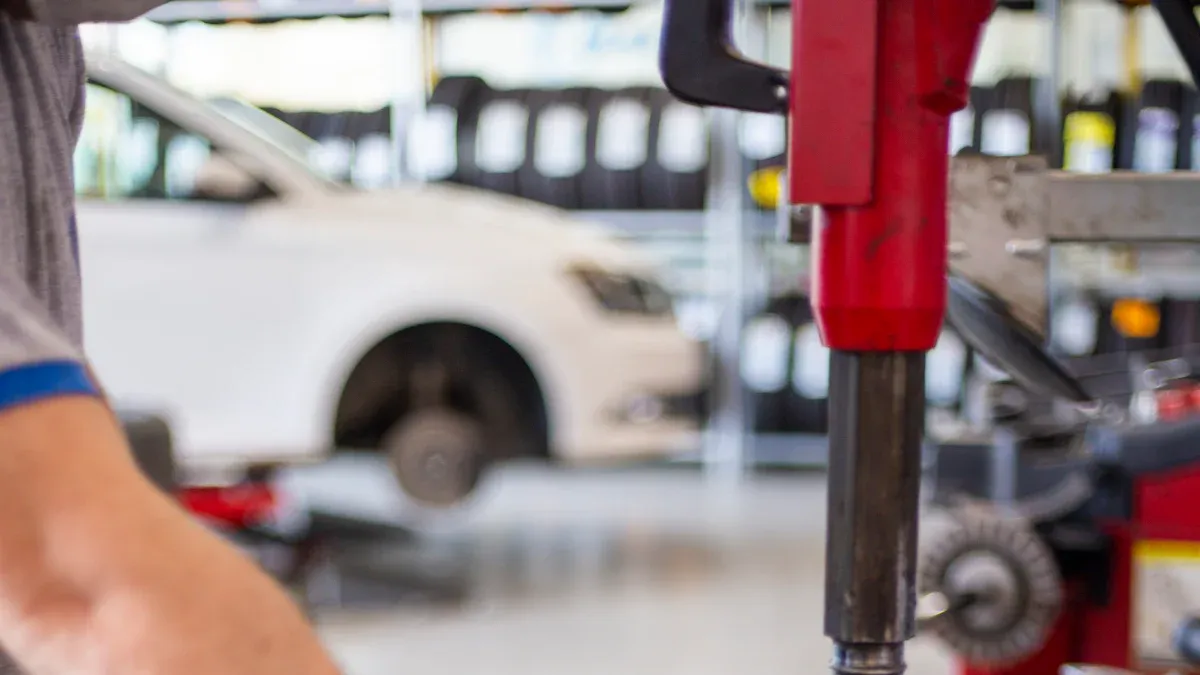
Mounting Tips
Putting the mounts on the right way helps your equipment work well. It also keeps vibration low. Before you begin, check if the bolts and hardware fit your equipment. Using the wrong bolts or patterns can hurt the rubber or make leaks. The surface where you put the mount should be flat and clean. Dirt or bumps can make the mount not work right and wear out faster.
Tip: If the mount is even a little crooked, like 5°, it can make the load move and wear out the rubber faster.
When you tighten the bolts, do not make them too tight. Too much force can squish the rubber and cause leaks or make it break early. Always use the torque that the maker says is best. If you forget shims or put hard supports next to the isolators, you might let vibration travel through. This makes the mount not work as well.
Some common mistakes are:
Not checking if the mount fits
Tightening bolts too much
Not lining things up right
Using dirty or bumpy surfaces
Not thinking about your equipment’s natural frequency
You can stop these problems by going slow and checking each step twice.
Longevity and Care
You want your mounts to last a long time. Checking and caring for them often helps you find problems early. Look for cracks, rust, or if the mount looks shorter or taller. If you hear more noise or feel more shaking, check the mounts right away. Keep the area around the mounts clean so dirt and chemicals do not get in. Tighten bolts when needed to keep things safe.
Follow these steps to help your mounts last:
Check mounts for damage every few months.
Clean mounts and the area around them to get rid of dirt.
Change mounts if you see cracks, bending, or more vibration.
Use mounts that work for your space, like if you have heat, water, or chemicals.
Oil moving parts if the maker says to.
Note: Some experts say to change rubber isolator mounts every 10 years or sooner if you see damage.
If you follow these tips, your equipment will work better and you will save money on repairs.
Common Mistakes
You should try not to make mistakes when picking rubber isolator mounts. If you avoid these problems, your anti-vibration system will work better and last longer.
Overloading
Overloading is when the mounts hold more weight than they should. This makes the mounts wear out fast. You might see cracks or even broken mounts. Your equipment can get noisy and shake a lot if this happens. It can also get damaged, and fixing it may cost more money.
Tip: Always find out how much your machine weighs. Divide that number by how many mounts you will use. Make sure each mount can hold its part of the weight.
If you overload the mounts, you might see:
Cracks or bent rubber
Bad vibration control
Equipment breaking
Check your mounts often and make sure the weight is right. This helps them last longer.
Wrong Material
Picking the wrong material for your mounts can cause trouble. If the rubber does not fit your space, it can swell, crack, or break. Some rubber types do not work well with oil, heat, or chemicals. If you use the wrong one, your mounts will not protect your equipment.
The right material helps the mounts stop vibration and last longer. If you pick the wrong one, your equipment can get louder, wear out, or break. Always choose the rubber type that matches your work area.
Material Type | Best For | Not Good For |
|---|---|---|
Natural Rubber | General use | Oil, chemicals |
Buna-Nitrile | Oil, fuel, chemicals | High heat |
Silicone | High temperature | Some chemicals |
Note: YNF Rubber has many anti-vibration mounts with different materials for special jobs.
Poor Installation
Even good anti-vibration mounts will not work if you put them in wrong. Some people use too few mounts, put them in the wrong spots, or do not tighten them enough. Sometimes, the brackets are too weak or the base does not support the mounts. These mistakes make vibration worse and can hurt your equipment.
To stop these problems:
Use enough mounts so the weight is spread out.
Put all mounts on flat, clean spots.
Make sure brackets and bases are strong.
Tighten all mounts so they do not move.
Remember: Careful setup keeps your anti-vibration system working and keeps your equipment safe.
Choosing the right rubber isolator mount starts with a few key steps:
Calculate your equipment’s total weight and make sure each mount shares the load evenly.
Measure vibration levels and select mounts that match the right frequency and isolation needs.
Pick materials that resist heat, oil, and chemicals in your environment.
Align mounts carefully and use the correct bolts to prevent damage.
Inspect mounts often and replace them when you see wear.
Using these steps helps you avoid common mistakes and keeps your equipment safe. You can trust suppliers like YNF Rubber for quality mounts and expert advice. Make smart choices and give your equipment the support it needs!
FAQ
What is the best way to measure vibration in my equipment?
You can use a vibration meter to check how much your equipment shakes. Some equipment manuals also list vibration data. Knowing this helps you pick the right rubber isolator mount.
How often should I check or replace rubber isolator mounts?
Check your mounts every few months. Look for cracks, changes in shape, or extra noise. Replace them if you see damage or after about ten years.
Can I use any rubber mount for outdoor equipment?
No, you need mounts made for outdoor use. Pick rubber that resists sunlight, water, and temperature changes. Buna-Nitrile and silicone work well outside.
Where can I buy quality rubber isolator mounts?
You can find many types of mounts from YNF Rubber. They offer products for different needs and environments. Their experts can help you choose the right mount.
What happens if I use the wrong durometer rubber?
If the rubber is too soft, it may not hold the weight. If it is too hard, it may not stop vibration well. Always match the durometer to your equipment’s needs.


